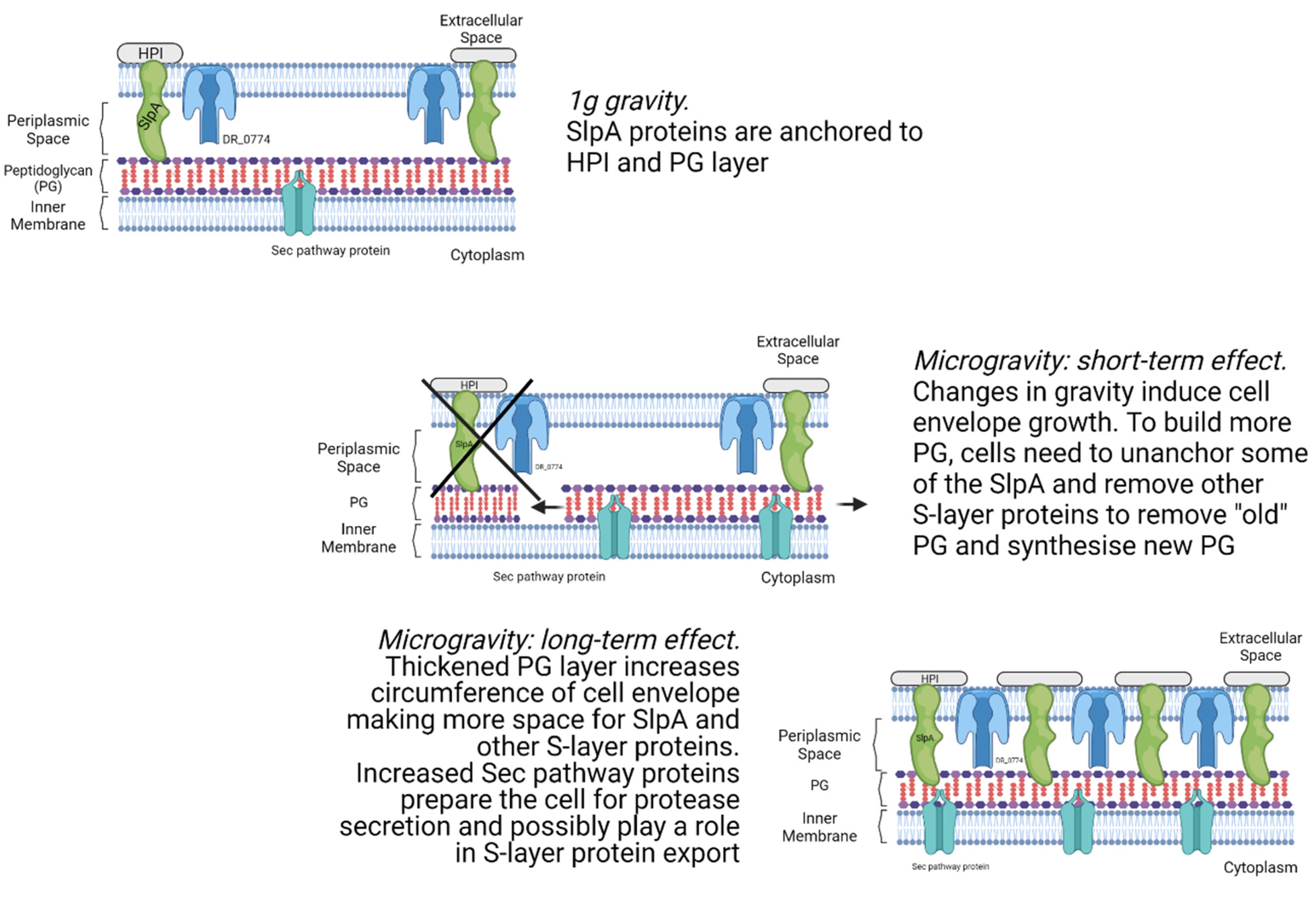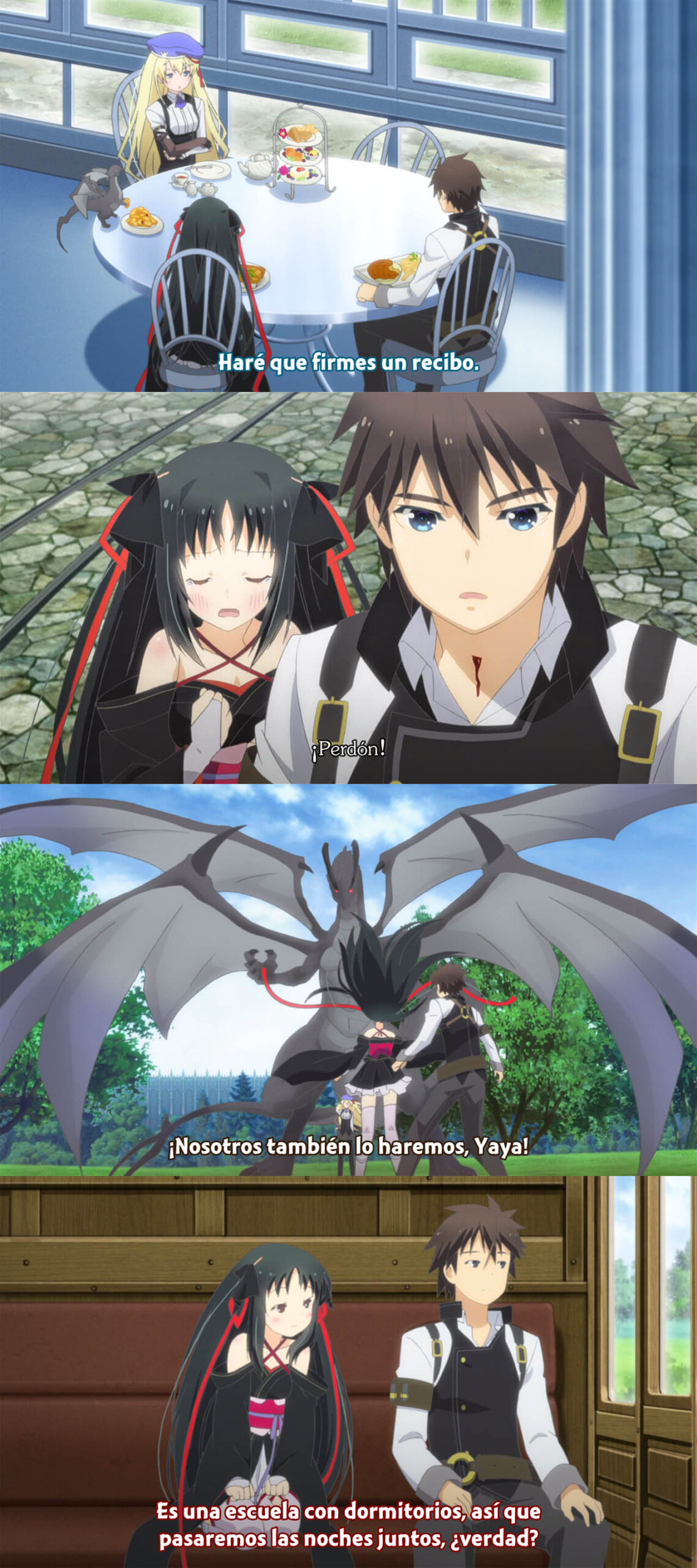Molecular repertoire of Deinococcus radiodurans after 1 year of
Por um escritor misterioso
Descrição
Background The extraordinarily resistant bacterium Deinococcus radiodurans withstands harsh environmental conditions present in outer space. Deinococcus radiodurans was exposed for 1 year outside the International Space Station within Tanpopo orbital mission to investigate microbial survival and space travel. In addition, a ground-based simulation experiment with conditions, mirroring those from low Earth orbit, was performed. Methods We monitored Deinococcus radiodurans cells during early stage of recovery after low Earth orbit exposure using electron microscopy tools. Furthermore, proteomic, transcriptomic and metabolomic analyses were performed to identify molecular mechanisms responsible for the survival of Deinococcus radiodurans in low Earth orbit. Results D. radiodurans cells exposed to low Earth orbit conditions do not exhibit any morphological damage. However, an accumulation of numerous outer-membrane-associated vesicles was observed. On levels of proteins and transcripts, a multi-faceted response was detected to alleviate cell stress. The UvrABC endonuclease excision repair mechanism was triggered to cope with DNA damage. Defense against reactive oxygen species is mirrored by the increased abundance of catalases and is accompanied by the increased abundance of putrescine, which works as reactive oxygen species scavenging molecule. In addition, several proteins and mRNAs, responsible for regulatory and transporting functions showed increased abundances. The decrease in primary metabolites indicates alternations in the energy status, which is needed to repair damaged molecules. Conclusion Low Earth orbit induced molecular rearrangements trigger multiple components of metabolic stress response and regulatory networks in exposed microbial cells. Presented results show that the non-sporulating bacterium Deinococcus radiodurans survived long-term low Earth orbit exposure if wavelength below 200 nm are not present, which mirrors the UV spectrum of Mars, where CO2 effectively provides a shield below 190 nm. These results should be considered in the context of planetary protection concerns and the development of new sterilization techniques for future space missions. Video Abstract

Deinococcus radiodurans PprI Switches on DNA Damage Response and Cellular Survival Networks after Radiation Damage - ScienceDirect

Interdigitated immunoglobulin arrays form the hyperstable surface layer of the extremophilic bacterium Deinococcus radiodurans

Deinococcus radiodurans PprI Switches on DNA Damage Response and Cellular Survival Networks after Radiation Damage - ScienceDirect

Genome of the Extremely Radiation-Resistant Bacterium Deinococcus radiodurans Viewed from the Perspective of Comparative Genomics

Conjugation-based genome engineering in Deinococcus radiodurans

Life, Free Full-Text

The radioresistant and survival mechanisms of Deinococcus radiodurans - ScienceDirect

RCSB PDB - 2C2Q: The crystal structure of mismatch specific uracil-DNA glycosylase (MUG) from Deinococcus radiodurans. Inactive mutant Asp93Ala.

Molecular repertoire of Deinococcus radiodurans after 1 year of exposure outside the International Space Station within the Tanpopo mission, Microbiome

Elucidation Of The Structure Of The Surface Layer Of Deinococcus radiodurans, The Toughest Bacterium Known - Astrobiology

Investigating Deinococcus radiodurans RecA Protein Filament Formation on Double-Stranded DNA by a Real-Time Single-Molecule Approach

Memory Effect on the Survival of Deinococcus radiodurans after Exposure in Near Space
de
por adulto (o preço varia de acordo com o tamanho do grupo)






